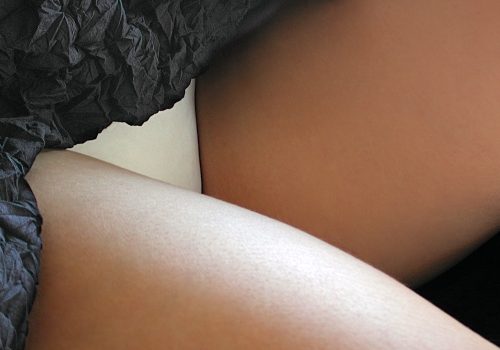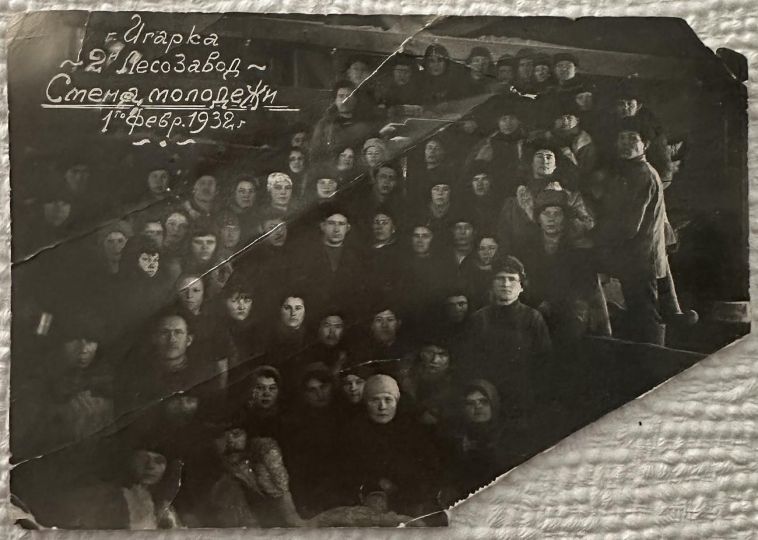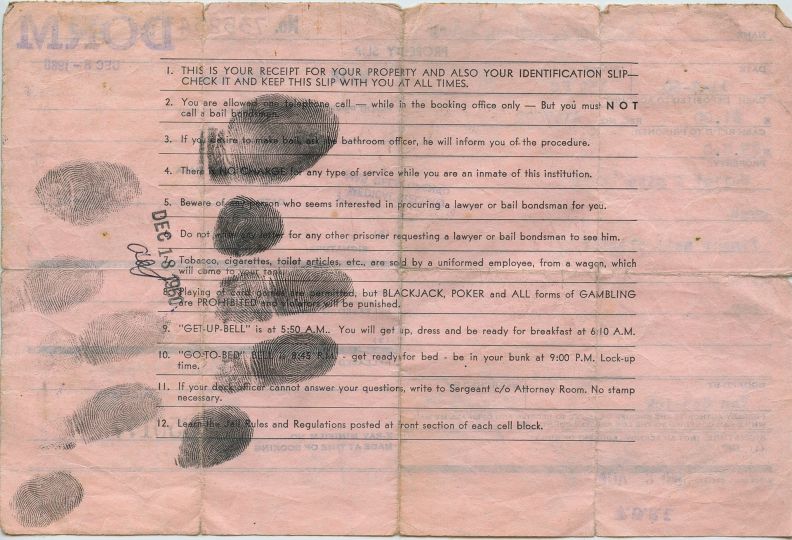Monthly Chronicle by Thierry Maindrault
The time programming of these chronicles that some of you appreciate and which do not leave them indifferent reading their comments is fixed several months before with the agreement of the editorial staff. Except if there is an emergency, the schedule is respected. My approach concerning different kinds of censorship was scheduled for this month of November and today events put this subject in the foreground. I did not intend to make a long philosophical speech which however amply deserves it, I just wanted to try to share some thoughts on the existence of this phenomenon, on its shadow in the images, on its direct and indirect impact in the expression of ‘a creator and his role in the distribution and sustainability of works.
What a funny word that is “censorship“, it wants to say everything and says nothing, it has no synonym (except in France where “Anastasia” is the name of an old woman with disproportionate scissors and a cap topped with an owl born to censor in the 19th century). This so compact word designates both a social group that decides for all others and the action that applies to a work, or even to an opinion. Censorship can let slip into the social fabric, it can unilaterally prohibit or sometimes decree the destruction of a work or accommodate more or less drastic conditions prior to the distribution of the work. The word is heavy, but the range of rights and actions it contains is very wide. I want to explain this state and this role well so that there is no confusion because in absolute this term has no impact on creation, the freedom of expression of a creator, without his own consent. Think about it, these two concepts are an inseparable couple, even if the marital storm rumbles much more often than it should. Censorship plays out in short term at a precise moment, a precise place and in a precise context very often ephemeral. Creation is dedicated to the long term beyond fashions, education and social obligations. Today’s work is eternal in the relativity of time; nevertheless, it is censurable today, perhaps tomorrow, rarely after tomorrow. One day, this now marvellous work may be admired by many generations, provided that a new censorship does not throw it away, or reject it again, into oblivion if it does not destroy it.
No, I am not off topic, all of this directly concerns photography, photography as a work of course. A few examples of this formal dichotomy between creation and censorship. Some days ago the Eye of Photography published a photographic series of portraits of male couples at the beginning of the 20th century. A few days later, a collector’s son asked me to provide the curatorial and scenography of a private collection of photographs taken in European brothels in the second half of the 19th and early 20th centuries. In these two cases the works were objectively superb, they come to us and present absolutely no moral problem at the beginning of the 21st century. They are present, I want to dream when this photographs were created, inside a society that seems very prudish, printed in a review of the time or on one of the first posters of railway station. Censorship of this century forbade such publications in appearance, yet the authors could work according to their imaginations. What was publicly odious for Western societies at that time is becoming very normal in our times today; but, when will it be tomorrow and the day after tomorrow? It does not matter if they return to shadow as long as those wonders are not destroyed.
The disastrous fate of a number of works of art, all techniques included, fallen into the field of horror of fashions and anathema’s which remain the precious auxiliaries of Time in its work of demolition and destruction.
I have always strived even when I found myself as a critic to make a good difference between the technical, aesthetic, emotional and spiritual reality of a work that was showed to me and my personal feelings. It almost always surprises my interlocutors when I say that it is a great creation but that I personally do not particularly like it (I will not hang this photograph or this painting in my office). But, what is more surprising for many is when I severely criticise the poor quality of a work and that I sincerely declare that I personally like it … You understood it, my tastes, my opinions, my moods, my convictions and whatnot, It is Censorship. The objective reality of the work and its visible and invisible messages, its potential to become a work of art in the future, is Creation. The difficulty arrives when at a particular “t” moment our individual creation, by definition, comes up against the censorship which happens to be, often collective, at the same time. Your photograph is obscene, your photograph is violent, it is disrespectful, blasphemous, the adjectives are innumerable to put a bushel, a lid or a snuffer on your creation which is not yet in tune with the times.
This small, or this great “I do not like it” is devious because we all practice it almost permanently, even on our own work. This way of abandoning an achievement or modifying it on basis of criteria for avoiding the supposed glances of others, of getting around a potential conflict. Perfectly, we inflict more or less strong self-censorship in our context of our time.
The mirror effect also exists, because some creators have well assimilated that the outrageous provocation and pure form had in the very short term the capacity to conceal pseudo creations of absolute poverty and to trigger this famous beneficial scandal: “… the essential is that we talk about me … “. The effect becomes very perverse when the object of the censorship is no longer the work, in itself, but its author for his convictions, his behaviour, his friends.
Let us not forget that the judge of man is Man, the judge of the work is Universality.
Thierry Maindrault, November 17, 2020
please leave your comments to
















